It’s day…..whatever of staying home to stay safe during the COVID-19 crisis, and I was on the phone with a girlfriend of mine. We were chatting about face masks, as one does with a dear friend in the midst of a global pandemic.
The Center for Disease Control (CDC) had just come out with a recommendation for anyone leaving their home to “Cover your mouth and nose with a cloth face cover when around others” so the topic was on our minds more than usual. I had attempted to sew a mask out of some fabric I found, and the results were passable but not great. My friend remarked that an triangle style bikini top may be a good starting point, and I agreed. The strings could easily become ear loops, the seams are mostly done for you, most bikinis have an inner pocket that could be used to hold a filter, and the fabric is stretchy but breathable. Inspired, I dug into my swimsuit collection for tops to sacrifice to the experiment, and pulled out my sewing kit. And here are the results.
So that’s how I spent my weekend: sitting on the couch, watching Mrs Fletcher (HIGHLY recommend btw) turning old bikini tops into reusable facemasks with filter pockets. After posting the finished facial wear to my Instagram stories, I received a flood of messages asking for a how to guide. So here it is! But first, there are two disclaimers:
Disclaimer 1: I am NOT a crafty person by any means. My sewing skills are limited to minor alterations and general clothing repair. This is guerilla craft DIY, hence the lack of measurements, proper instructions and a sewing machine. These masks are hand sewn so unless you’re super neat, they may be on the rougher side, so operate accordingly. Which brings me to…
Disclaimer 2: These masks are NOT medical grade and if you do make your own there are no guarantees that you will be protected from COVID-19 by wearing them. Social distancing, proper handwashing, good hygiene and staying home whenever possible are the best ways to protect yourself and everyone else. For real expert advice keep up with Health Canada and top doc Theresa Tam.
With that out of the way, here are my very loose instructions on how to make your own upcycled bikini top face mask.
Separate bikini triangles
Cut the string connecting the two triangle pieces in half, ensuring the resulting two pieces are the same length. Set one triangle aside to make another mask (if you’re like me, you may need a do-over option). Adjust the string through the bottom of the triangle piece so the string is the same length on both sides, as these will be your ear loops. The bottom of the bikini top will now become the top of your mask .
Remove top string, then pin, trim and sew chin seam
You will now have a string sticking out of the bottom of your mask. Cut it off and set it aside (bonus – if you’re making masks from other fabrics the string can be used for ear loops). Flip the bottom of the triangle (formerly the top) up into the main part of the fabric, like you would a slice of Neapolitan pizza (can you tell I’m both travel and pizza starved?). Ensure the bottom of the mask is even with the top or your chin won’t be covered evenly. Pin fabric in place, and sew a seem across the bottom. Trim excess fabric when done.
Connect strings to mask to make ear loops
Measure the bikini string and pin to the bottom of your mask to create your ear loops. To ensure your mask properly covers your face you’ll want to achieve a relatively snug fit, so keep that in mind when you’re measuring. Pin fabric in place and sew a few stitches to connect securely.
Add pleats for a better fit
To ensure your mask fits as flush to your face as possible, consider sewing pleats between each ear loop to pull the fabric inwards, bringing it closer to your face. I made my pleats about a 2cm wide, narrowing to a point as they moved inwards towards the top of the mask.
Create filter pocket
To give your reusable mask a better chance of protecting you, it’s a good idea to use a filter if you have the right materials around. Other tutorials recommend taking apart HVAC or vacuum Hepa filters, which are known to filter the teeniest of particles. One innovative entrepreneur discovered that blue shop towels, the kind you’d find at an auto garage, could filter particles 2 to 3 times better than cotton or other household fabrics, which could potentially be helpful as a filter inside of a fabric mask. No matter what filter you use, you’ll need a way to put it in your mask. Many bikini tops have a fabric pocket, used for padding, and easily repurposed for a filter. My other bikini top was reversible, and the space between the two fabrics also made a great filter pocket. Simply snip a little slit towards the top of the mask, on the inside, a bit smaller than the size filter you plan on using.
And that’s it! A stretchy, secure, and somewhat stylish fabric mask, with a pocket for a filter upgrade.
The news is changing every day with regards to the COVID crisis, but more and more medical experts, even Canada’s Dr. Tam, are now recommending we wear masks in case we are in situations where social distancing is challenging. Medical grade masks are in short supply, so if you do want to embrace the mask life, consider a reusable fabric mask with a filter pocket like the one in this guide, and see who in your community may be selling their DIY masks own in support of a COVID related cause. If you have any questions about the process feel free to tweet at me and I’ll do my best to help! This is just one way to make masks, so apologies to those who may not wear bikinis or have tops like this on hand. You can also tweet/message me with what you do have on hand and I’ll be happy to brainstorm a solution with you.
And as always during this crisis, look out for yourself and everyone else and Stay home, stay safe and stay healthy.
Reiterating this Disclaimer: These masks are NOT medical grade and there are no guarantees that you will be protected from COVID-19 by wearing them. Social distancing, proper handwashing, good hygiene and staying home whenever possible are the best ways to protect yourself and everyone else. For real expert advice keep up with Health Canada and top doc Teresa Tam here.
Disclaimer 2: These masks are NOT medical grade and if you do make your own there are no guarantees that you will be protected from COVID-19 by wearing them. Social distancing, proper handwashing, good hygiene and staying home whenever possible are the best ways to protect yourself and everyone else. For real expert advice keep up with Health Canada and top doc Theresa Tam. You can order medical grad masks online, e.g. here N95 mask canada.

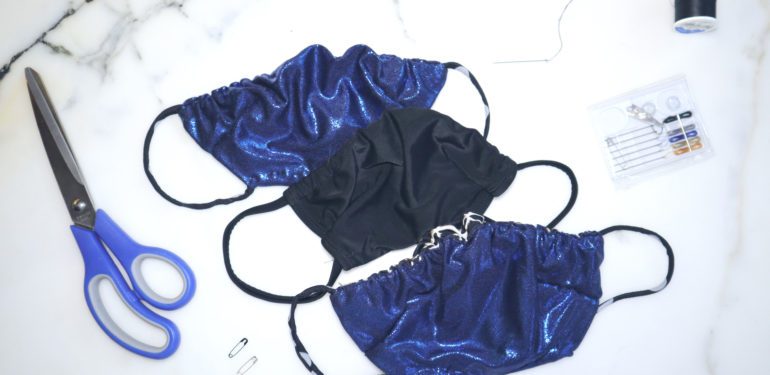
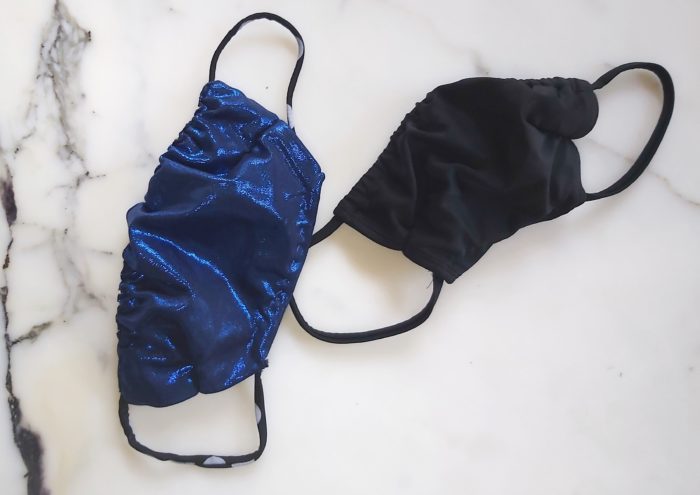
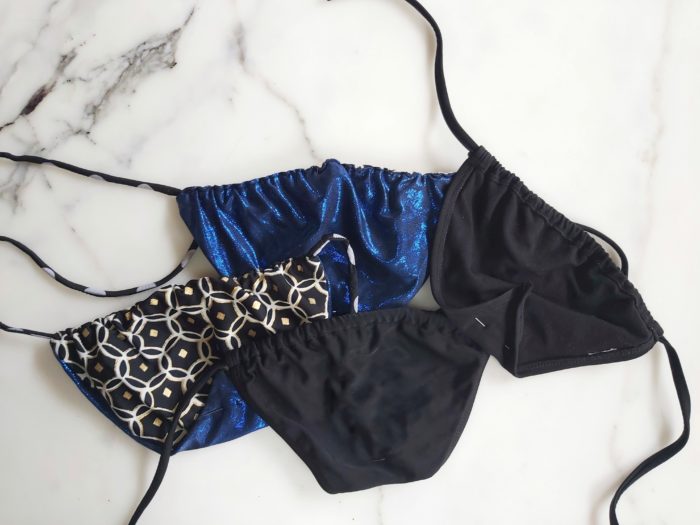
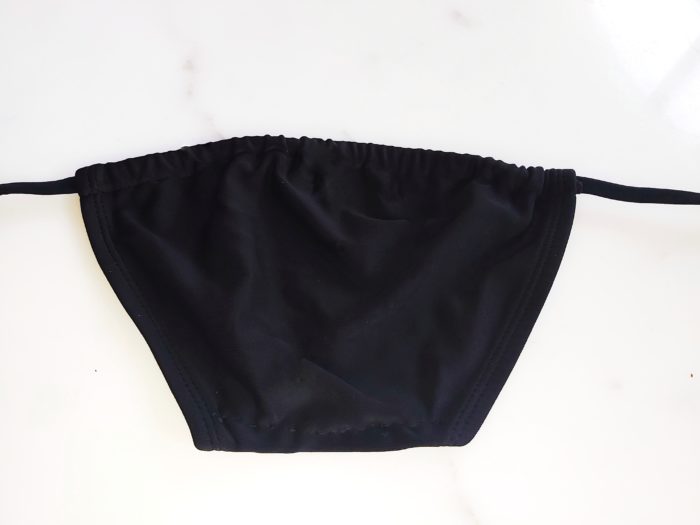
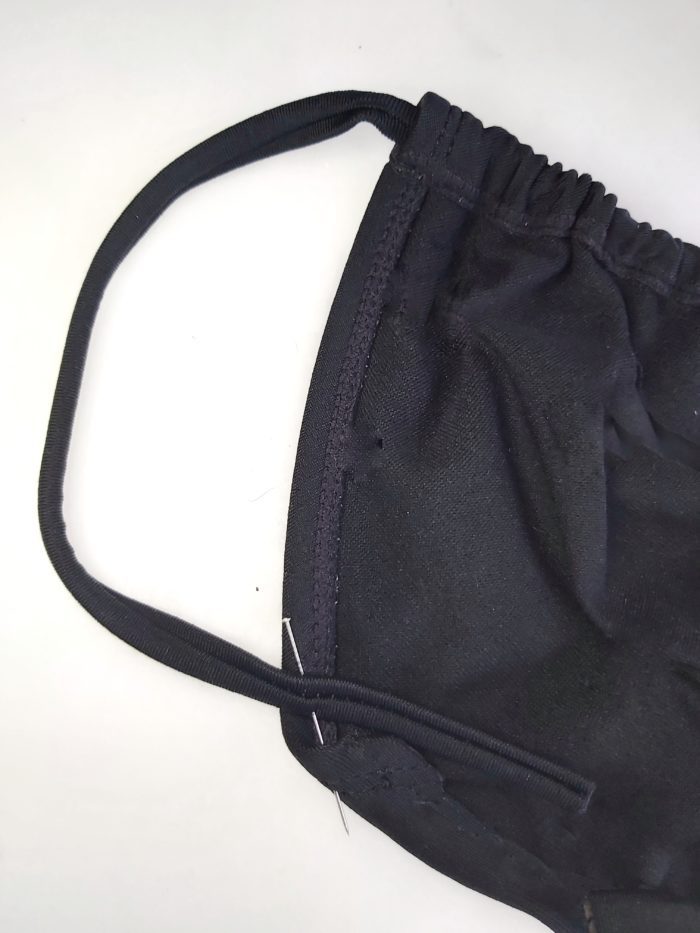
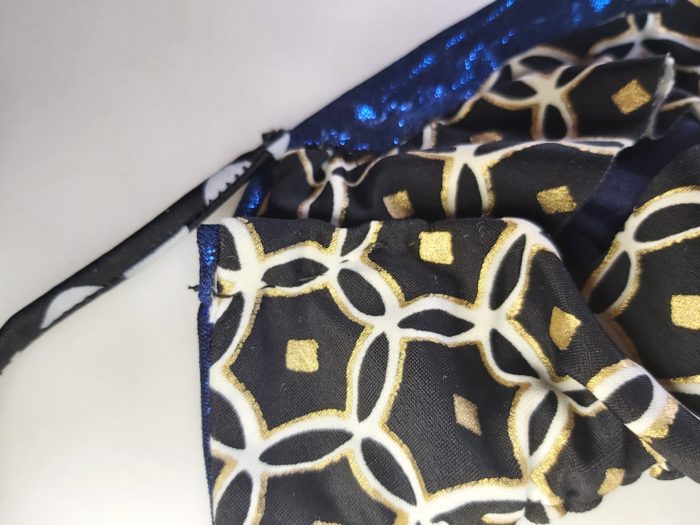
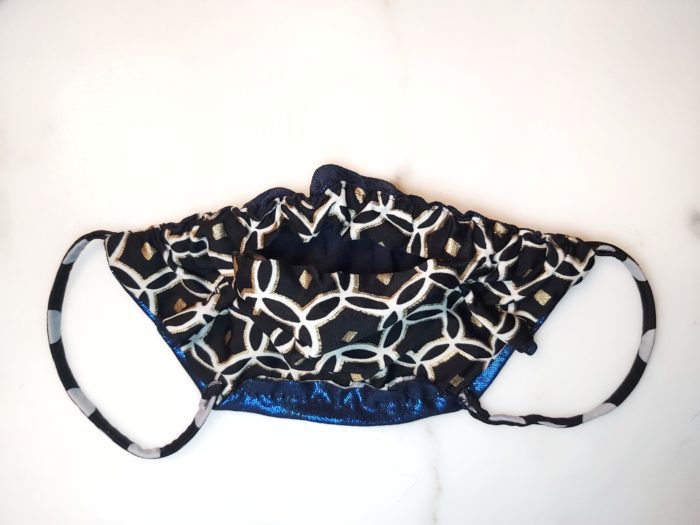
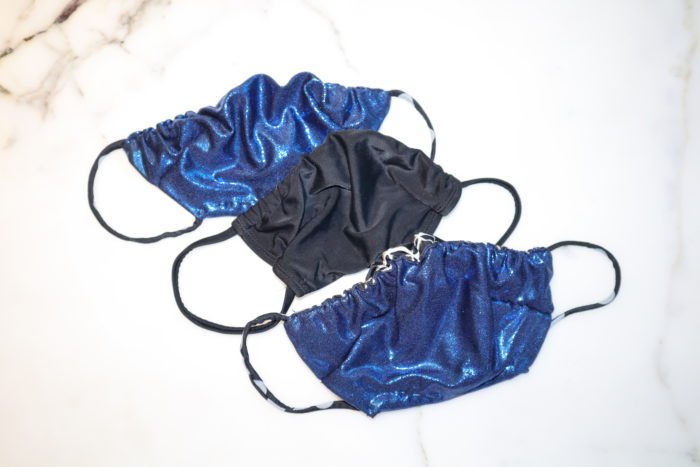
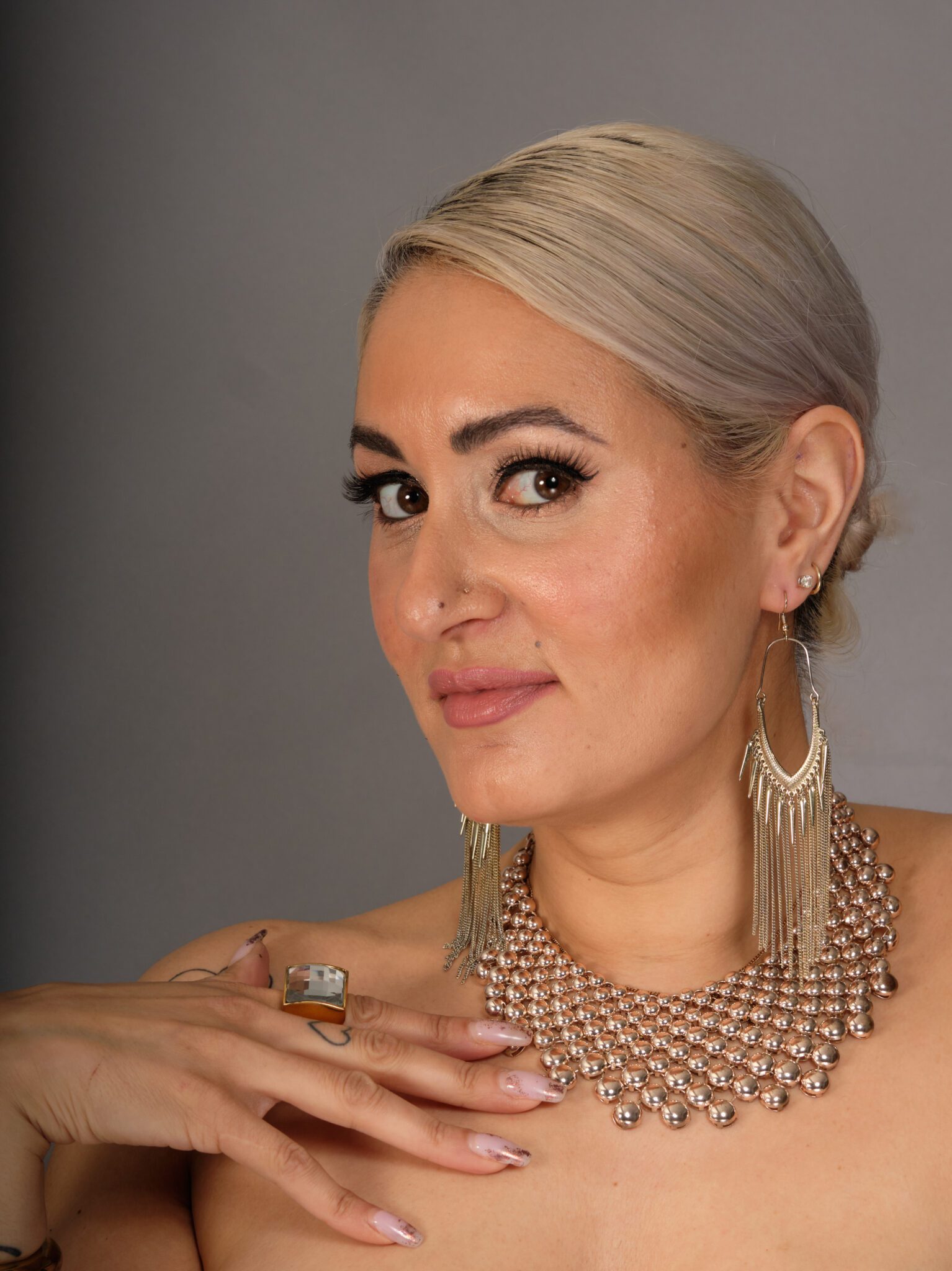
Pingback: Online offering that can help pass the time at home | ADDICTED
Pingback: Online offerings that can help pass the time at home | ADDICTED